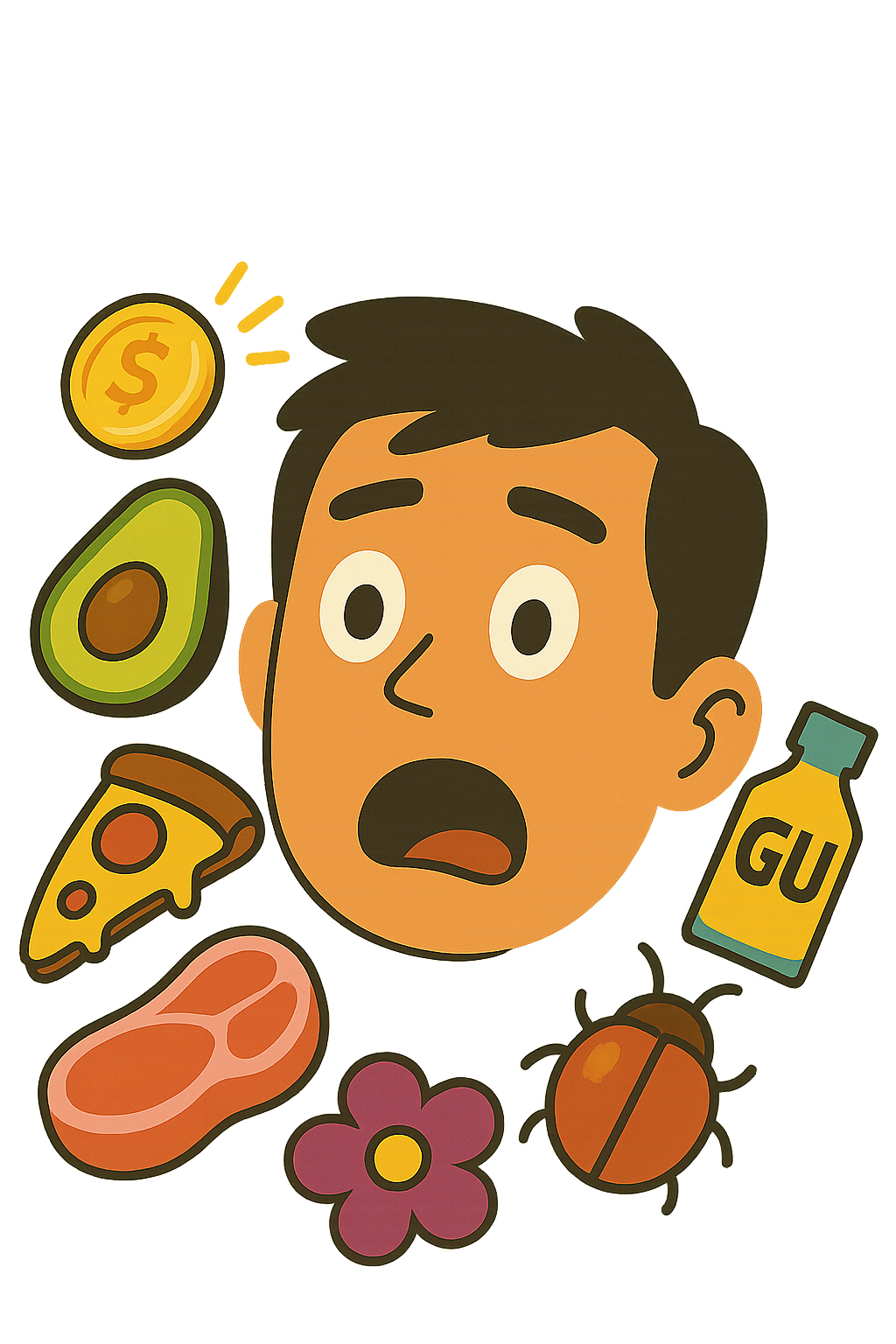Can you eat moldy pineapples?
Quick Answer
No
Eating moldy pineapples is not recommended as it can lead to food poisoning. The mold may produce mycotoxins, harmful substances that can cause illness.

What Is It?
Moldy pineapples are pineapples that have been contaminated with mold, a type of fungus that grows in the form of multicellular filaments called hyphae.
How to Tell
Signs of mold on pineapples include a fuzzy green, white, or black substance on the surface, a sour or off smell, and a slimy or mushy texture.
Why It Can Be Risky
Eating moldy pineapples can pose several health risks.
- Food poisoning: The mold on pineapples can produce mycotoxins, which can cause food poisoning symptoms such as nausea, vomiting, and diarrhea.
- Allergic reactions: Some people may be allergic to mold and can experience symptoms such as sneezing, itching, and rash.
- Respiratory problems: Inhaling mold spores can cause respiratory problems, especially in people with asthma or other respiratory conditions.
Safe Method?
If you see mold on a pineapple, it’s best to discard the entire fruit. Even if you cut off the moldy part, the mycotoxins produced by the mold can still be present in the rest of the fruit.
Safe Alternatives
If you have a moldy pineapple, consider buying a fresh one or canned pineapples as an alternative. Always check for signs of mold before consuming.
Storage Tips
Store pineapples in a cool, dry place.’, ‘If cut, store in an airtight container in the refrigerator.’, ‘Consume within a few days of purchasing to prevent mold growth.